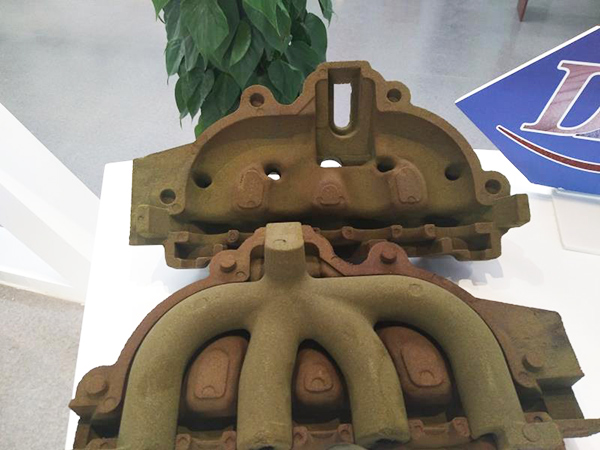Understanding Foundry Sand Properties A Key to Quality Casting
Foundry sand, primarily composed of silica, plays a crucial role in the metal casting industry. Its unique properties directly impact the quality of castings produced and the efficiency of the casting process. This article delves into the essential properties of foundry sand that every foundry must consider to ensure optimal performance in their operations.
1. Grain Shape and Distribution
The shape of sand grains is a fundamental property that affects the mold's strength and permeability. Foundry sands are typically categorized into three shapes rounded, sub-rounded, and angular. Rounded grains offer better flowability and pack more efficiently, leading to molds with better density and less casting defects. In contrast, angular grains provide superior mechanical strength, which is vital for holding shape under the weight of molten metal. A balanced grain shape distribution can enhance mold stability while providing sufficient permeability for gas escape during pouring.
2. Grain Size
The grain size of foundry sand significantly influences the surface finish of cast components and the resolution of intricate details in molds. A finer grain size can produce smoother surfaces, reducing the need for additional machining processes. However, too fine a grain can lead to difficulties in gas escape, potentially causing defects. Typically, a well-graded sand with a mix of grain sizes is preferred because it allows better compaction and improves mold strength.
3. Permeability
Permeability measures the ability of mold sand to allow gases to escape during the casting process. High permeability is essential to prevent gas entrapment, which can lead to casting defects such as blowholes. The optimal permeability varies according to the specific casting process being utilized; however, maintaining a balance between permeability and mold strength is crucial for consistent casting quality.
foundry sand properties

Moisture content in foundry sand is another critical property that can influence mold strength and permeability. The right moisture level can enhance the cohesiveness of the sand grains, ensuring better mold stability. However, excessive moisture can lead to problems such as sagging molds or steam generation upon contact with molten metal, resulting in defects. Typically, foundries aim for a moisture content of around 2-4% for optimal performance.
5. Thermal Stability
The ability of foundry sand to withstand high temperatures without deforming or losing its properties is vital, especially in sand casting processes involving molten metals. Sands with high thermal stability ensure that molds maintain their shape when subjected to extreme temperatures, which prevents cracking or collapse and ultimately preserves casting integrity.
6. Environmental Considerations
With increasing regulatory scrutiny on environmental impacts, foundries are now turning to sustainable practices, including the use of reclaimed sand. The properties of reclaimed sand must be carefully monitored and managed to ensure it meets the necessary standards for casting applications.
In conclusion, understanding the properties of foundry sand is essential for producing high-quality castings. By carefully managing grain shape, size, permeability, moisture content, and thermal stability, foundries can optimize their processes and reduce defects, ultimately enhancing their competitiveness in the market. As technology advances, continuous research and innovation in foundry sand properties are crucial for meeting the evolving demands of the casting industry.
Post time:ಸೆಪ್ಟೆಂ . 03, 2024 12:10
Next:Đúc cát trong kỹ thuật - Quy trình và Ứng dụng
